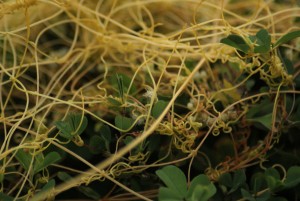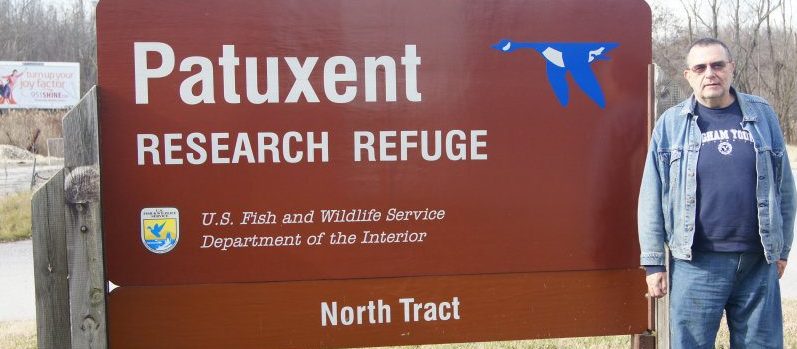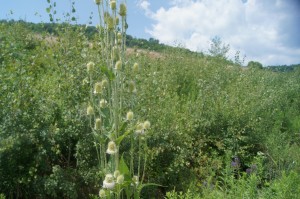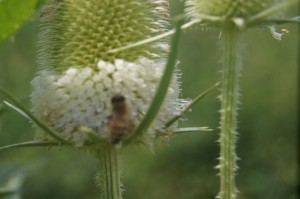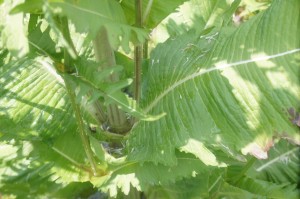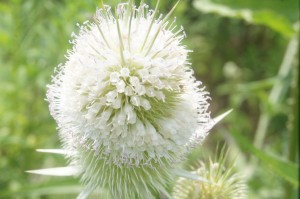 I spotted a patch of common teasel – Dipsacus fullonum ssp. sylvestris (Huds.) Clapham next to the road in Lawrenceville, PA and decided to take some pictures. This is the wild form of the teasel which was used for carding wool until being replaced by metal carding devices in the 20th century. This and the domestic form Dipsacus sativus can be seen along the roads in disturbed areas throughout the North America.
I spotted a patch of common teasel – Dipsacus fullonum ssp. sylvestris (Huds.) Clapham next to the road in Lawrenceville, PA and decided to take some pictures. This is the wild form of the teasel which was used for carding wool until being replaced by metal carding devices in the 20th century. This and the domestic form Dipsacus sativus can be seen along the roads in disturbed areas throughout the North America.
Category Archives: Non-Refuge
25 February 2012 – Flight 93 Memorial, Shanksville, Pennsylvania
This is a departure from my usual nature related posts, but I don’t have another place to put it.
While up in Somerset, PA today, we decided to visit the Flight 93 Memorial in nearby Shanksville. It was 23 degrees and snowy so we did not spend a lot of time outside. There is a heated memorial plaza next to the location where the plane crashed into the ground. A ranger was there to greet visitors and answer questions.
It is still hard to imagine what happened that day in New York City, Washington DC and in Shanksville.
(Please click on the photos for an even larger view)
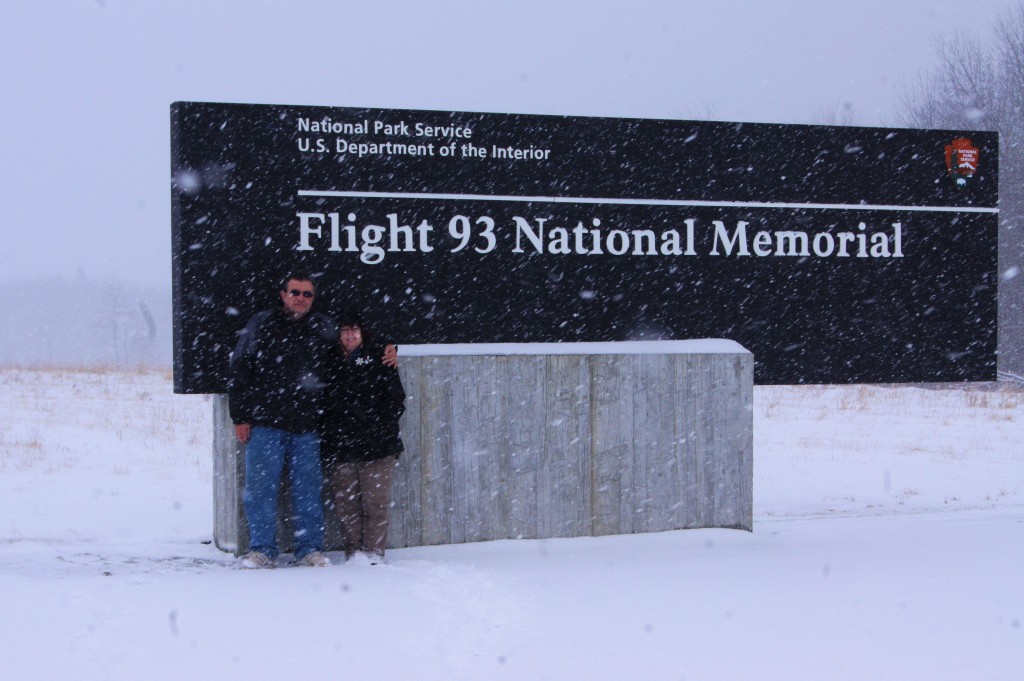
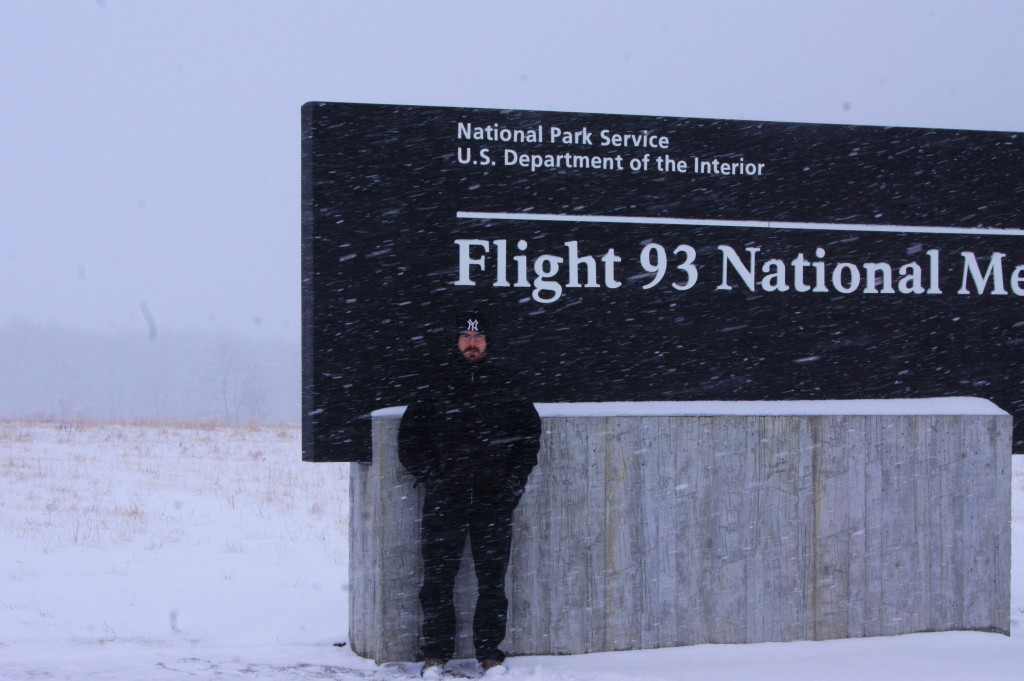
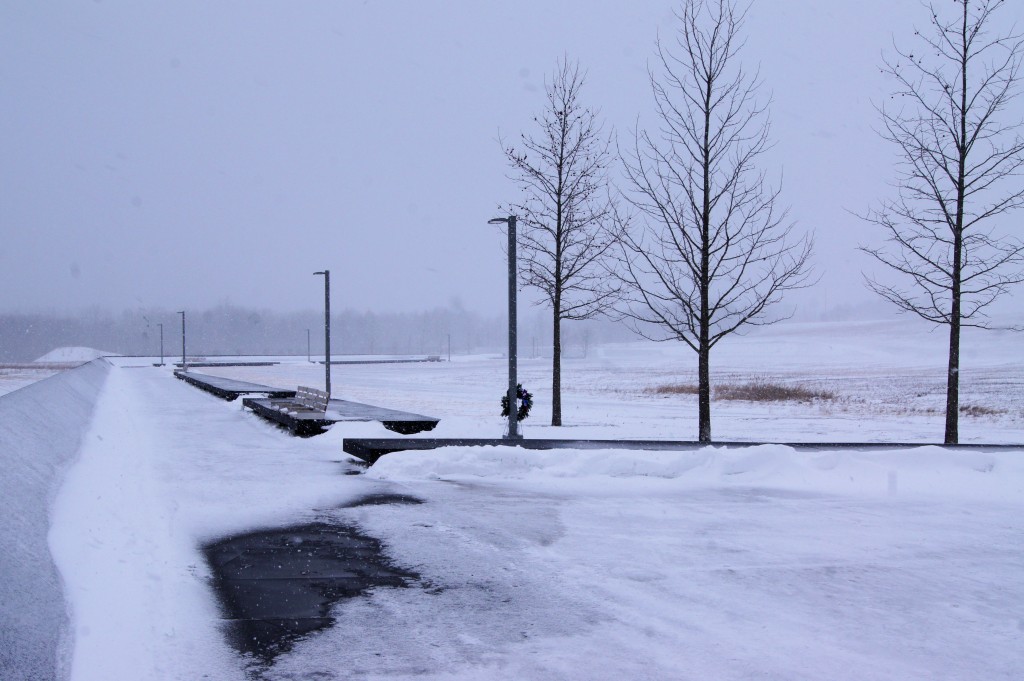
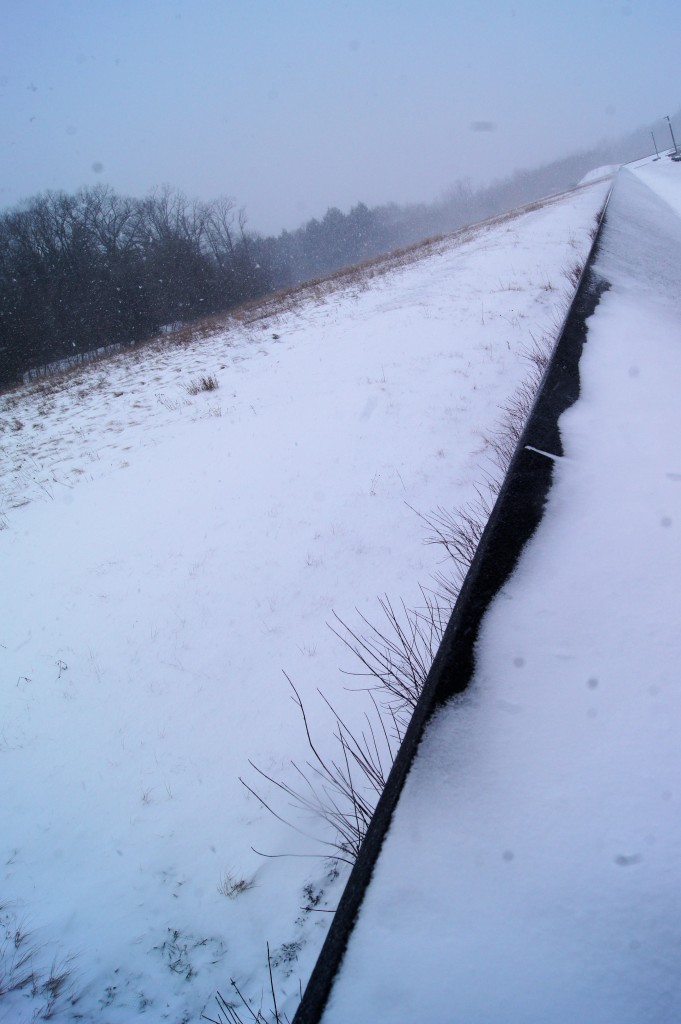

1 December 2011 – Ponderosa Pine
I spent a few days on vacation over Thanksgiving in Washington State and took a few pictures of nature while there.
While driving up to my parent’s place on Pleasant Prairie, I stopped by Plantes Ferry Park and took some pictures of Ponderosa Pine (Pinus ponderosa Douglas ex C. Lawson. subsp. ponderosa ) along the Spokane River. It was first described by Stephen Douglass in 1826. The exact type location (the place where a species of plant was first collected) of this pine species is described as along the Spokane River near present-day Spokane. Although precise location is not known, I decided to take some pictures in a location as described as its type location.
The Ponderosa Pine has at least a couple of superlatives attached to it. It is perhaps the most widespread species of pine in North America and at 286 feet, one specimen holds the record for the tallest pine of any species. It is also the state tree of Montana.
The most common subspecies (the one pictured here) features three long stout needles per cluster. Its orange colored bark is rather distinctive. It can form deep crevices and the outer bark is made up of flake which resemble jigsaw pieces that are stacked.
It is the most common tree around Spokane and can be seen almost everywhere.

16 July 2010 – Dodder or Scaldweed – Cuscuta gronovii var. gronovii
 Common dodder or Scaldweed (Cuscuta gronovii Willd. ex Schult. var. gronovii) is the most common species of dodder in the northeastern part of the USA and adjacent Canada. Dodders are fascinating parasitic plants. After the seeds germinate, the seedlings in the shape of a thread must come in contact with a host plant or they will die. After they find a host, their terrestrial root withers and they latch on to the host.
Common dodder or Scaldweed (Cuscuta gronovii Willd. ex Schult. var. gronovii) is the most common species of dodder in the northeastern part of the USA and adjacent Canada. Dodders are fascinating parasitic plants. After the seeds germinate, the seedlings in the shape of a thread must come in contact with a host plant or they will die. After they find a host, their terrestrial root withers and they latch on to the host.
 The plant then sends out small structures called haustoria, which invade the host plant’s tissue and take nourishment from it. Usually, dodders limit their damage to small areas, but occasionally, they will take over a field of planted crops. Some dodders are very host specific, but ones like the common dodder, will parasitize a wide variety of hosts.
The plant then sends out small structures called haustoria, which invade the host plant’s tissue and take nourishment from it. Usually, dodders limit their damage to small areas, but occasionally, they will take over a field of planted crops. Some dodders are very host specific, but ones like the common dodder, will parasitize a wide variety of hosts.
 The plants in this little colony were parasitizing Korean Clover, an undetermined species of grass, and a member of the daisy family. Botanical identification of dodders is extremely difficult. There are several dozen species of dodder in North America and between 100 and 170 species, depending on whether one lumps or splits species, in the world.
The plants in this little colony were parasitizing Korean Clover, an undetermined species of grass, and a member of the daisy family. Botanical identification of dodders is extremely difficult. There are several dozen species of dodder in North America and between 100 and 170 species, depending on whether one lumps or splits species, in the world.
